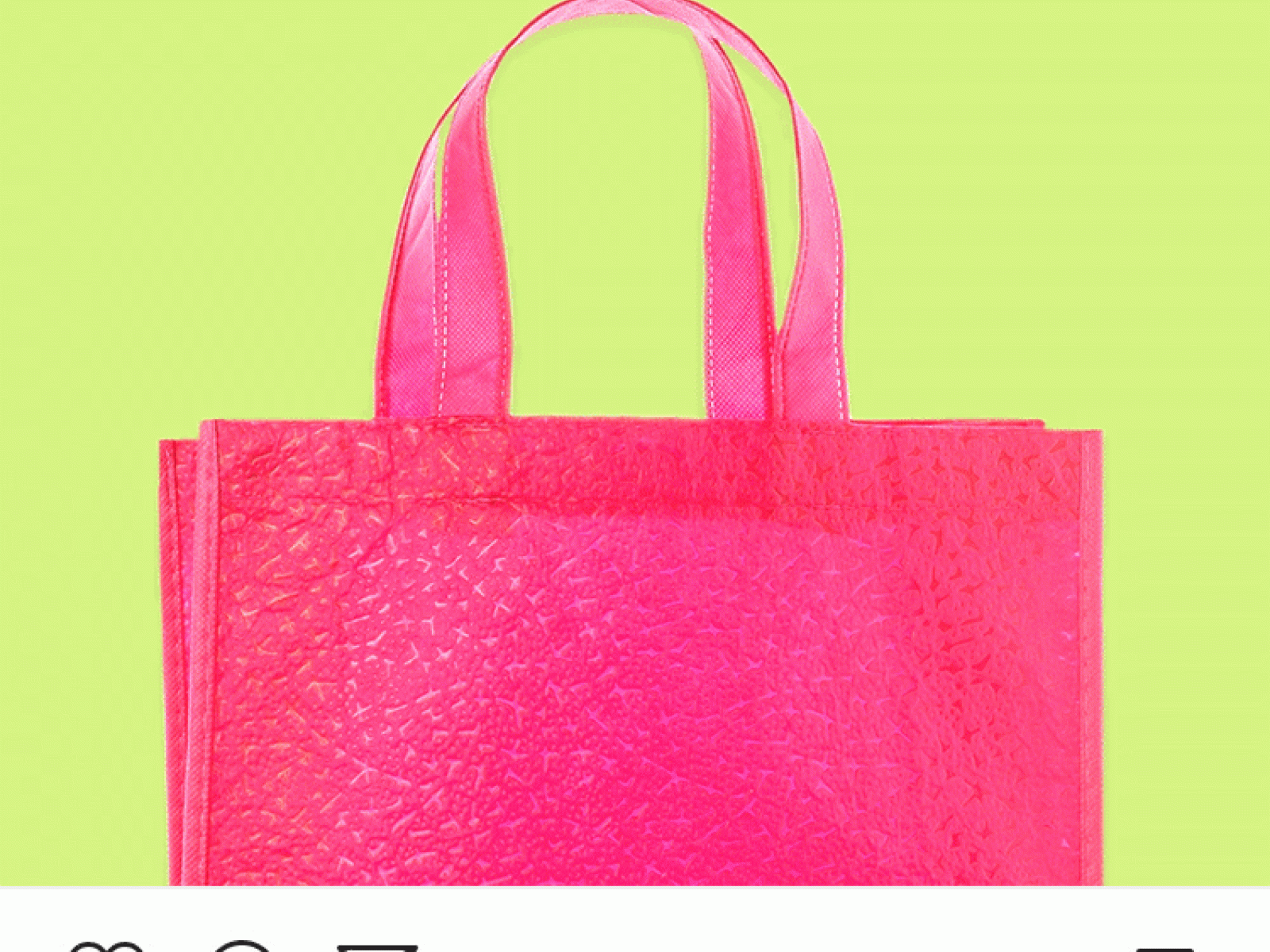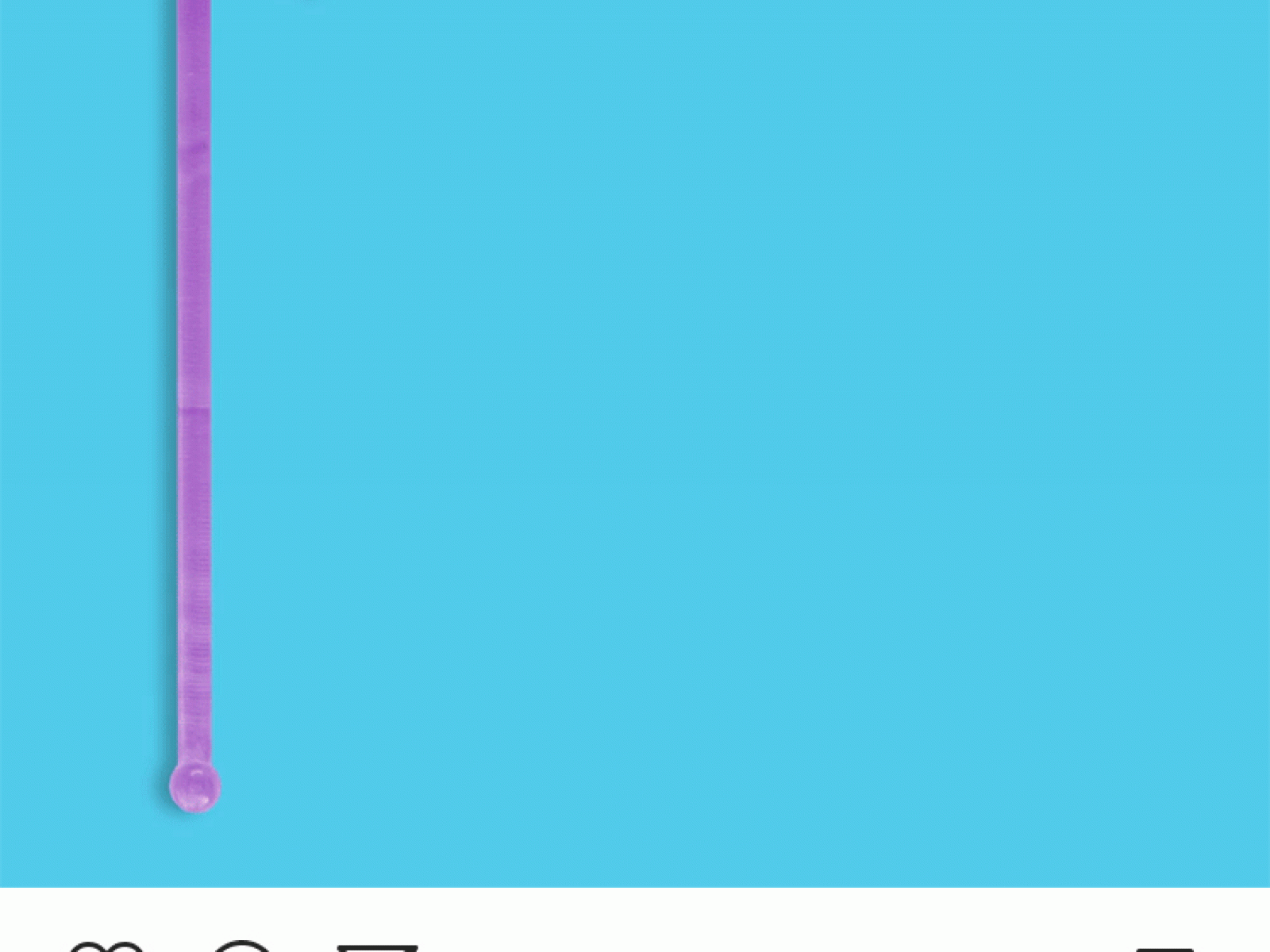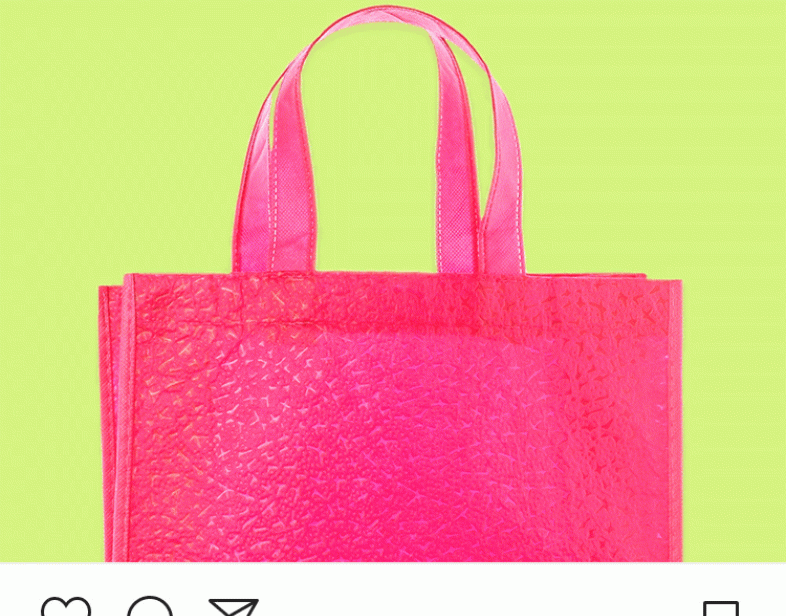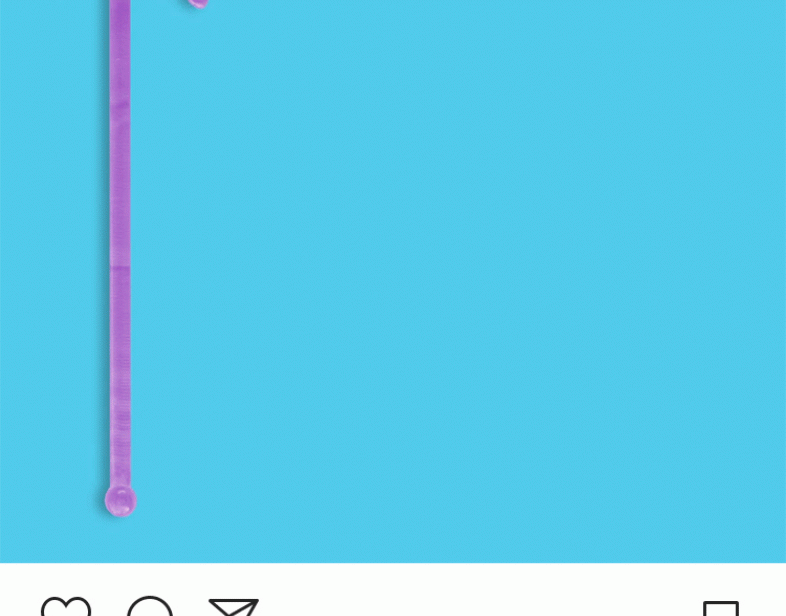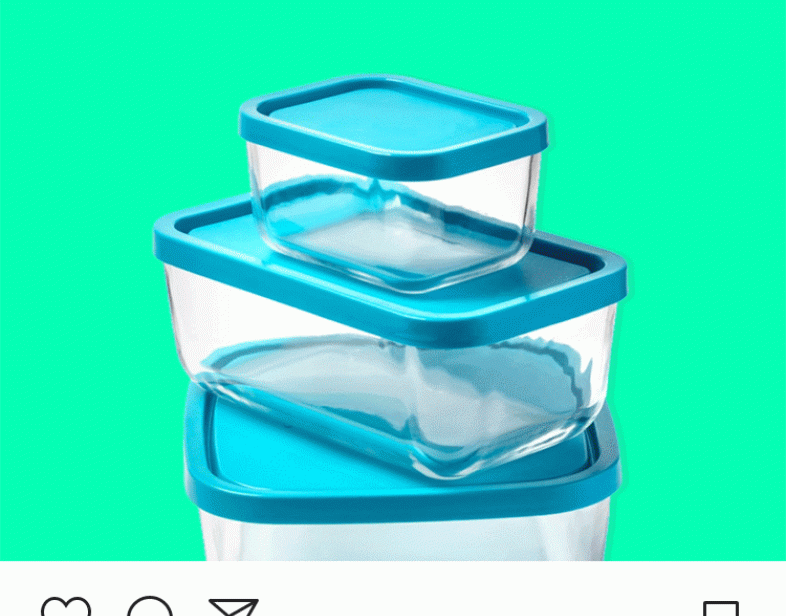An Overview Of Our Solution
America Recycles Day turned 20 years old on Wednesday, November 15, 2017. EnviroMedia knew simply marking the 20th anniversary was not enough. We needed to use the day to return awareness to not only the importance of recycling, but to focus greater attention on America's increasing use of single-use plastics. That's why as an agency, we launched the #WasteLessWednesday hashtag and social media campaign: to encourage consumers to "waste less" by reducing their use particularly of disposables such as plastic utensils and straws. America Recycles Day was a great way to get the “reduce, re-use and recycle” message out when it launched 20 years ago in 1997. Now, it’s time to drive awareness weekly with #WasteLessWednesday, every Wednesday for all 52 weeks of the year. Click image to view gif.
- Population Impacted: 100,000
- Continent: North America
Last name
Organization type
Context Analysis
Many people don’t realize many plastics, including straws, are not recyclable. #WasteLessWednesday turns a one-way message into a two-way conversation. We want people to engage us on how they are wasting less and we want to remind people if you don’t need it, leave it. With the overall recycling rate stagnating at around 35% over the past few years, this consumer-facing social media campaign encourages waste reduction over recycling. Reducing plastic consumption over recycling transfers to decreased global emissions on both supply chains, the plastics and the recycling. With more than 100,000 impressions since its launch, this online campaign isn’t limited to geography or scalability.
Describe the technical solution you wanted the target audience to adopt
The #WasteLessWednesday campaign hopes to specifically reach younger people who are more mobile and live a lifestyle typically involving more takeout food, delivery meals and coffee on the go. Advertisers at our roots change behavior. It’s what we do. We want our young target audience to refuse plastics like straws and cutlery they don’t need or want. If you don’t need it, leave it. From harming wildlife to leaching toxins in soil and water, much of single-use plastics that end up in the environment vary. Avoiding single-use plastics whenever possible is a very simple and effective way to help the environment every day. With aesthetic pleasing gifs and a friendly tone, our goal is to make people feel positive about making the right choices instead of negative “do this” or “don’t do this” messaging about the wrong ones. We want to encourage behavior change through inclusivity rather than guilt or shame people, which rarely brings change.
Type of intervention
Describe your behavioral intervention
We are trying to make people think about whether or not to accept single-use plastic items the same way they do about whether or not to recycle plastic items. We have gained more than100,000 impressions organically and have shifted the hashtag trend from food waste to plastic waste.
As needed, please explain the type of intervention in more detail
Emotion Appeals - The bright aesthetics, positive tone, and simple change to daily routine attract people emotionally.
Social Incentives - The hashtag #WasteLessWednesday ensures engagement a well as community feeling no matter their physical location.
Choice Architecture - We made different posters for bars, coffee shops, the University of Texas at Austin and restaurants as a reminder to decline plastic in common situations. Geographic and behavioral targeting on social media (ex. When people are in line at Starbucks, they will get a #WasteLessWednesday promoted post to remind them of single-use.)
Describe your implementation
-Coming up with fresh creative messaging 52 weeks a year.
External connections
We are currently talking with potential partners since the campaign is still fairly new. We are growing this campaign and are constantly being reached out to. Phase 1 of our campaign is made to attract awareness and conversation. Addition phases of our campaign will stretch to other sectors such as policy and finance.
Who adopted the desired behaviors and to what degree?
100,000 people reached on social media.
The #WasteLessWednesday campaign’s correlating webpage www.wastelesswednesday.com features a series of printable awareness posters for company break rooms, schools and even community bulletin boards.
#WasteLessWednesday also received press coverage from the Austin-American
Statesman and Waste Dive:
Austin-American Statesman:
https://www.wastelesswednesday.com/press/2018/4/3/will-wastelesswednesd…
Waste Dive:
https://www.wastedive.com/news/enviromedia-launches-weekly-social-media…
How did you impact natural resource use and greenhouse gas emissions?
We have not measured impact at this stage of the campaign because it is still so new and less than one year old.
What were some of the resulting co-benefits?
N/A
Sustainability
It is economically self-sustainable.
Return on investment
Internal labor hours.
$250 paid media
How could we successfully replicate this solution elsewhere?
With both Solutions Search and Keep America Beautiful as partners, we believe this campaign/hashtag can be the next trending social change campaign on the internet. We will be able to get millions of views not including shares and engagement. But more importantly, we believe this will lead to a snowball effect and shed light on how simple it really is to change single-use plastic consumption. This will affect everything from direct landfills to emissions caused by plastic plants and recycling.

